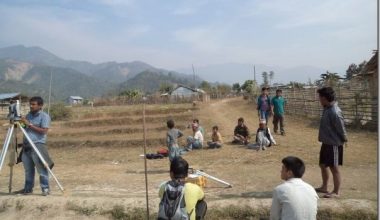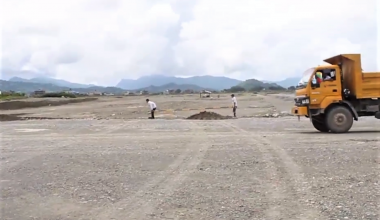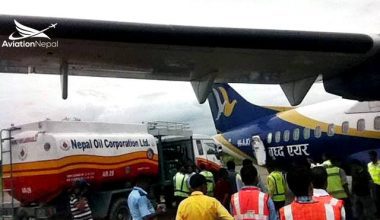The Civil Aviation Authority of Nepal (CAAN) and the US Federal Aviation Administration (FAA) have signed a memorandum of understanding (MoU) for the conduction of calibration flight for Mode S Monopulse Secondary Surveillance Radar, installed at Bhatte Danda, Lalitpur.
Er. Sanjeev Singh Kathayat, Dy. Director for TIA Modernization Project stated the information to Aviation Nepal that, both the counter parties had signed the agreement last week for conducting the calibration flight of Mode S Monopulse Secondary Surveillance Radar (MSSR) which was eventually installed after one year of long work jointly by JICCA and the Civil Aviation Authority of Nepal (CAAN). The latest equipped Radar system is currently waiting for the calibration flight to start the coverage.
The FAA jointly with CAAN has scheduled to conduct the calibration flight in Mid-November this year for accomplishing the calibration flight. Hence the radar is expected to come in operation after a month from the calibration flight, reported Er. Kathayat.
After accomplishing the calibration flight of new Mode S Monopulse Secondary Surveillance Radar (MSSR), an air traffic controller (ATCs) will be able to track the precise position, speed and altitude of every aircraft at the range of 200 nautical miles and above. Its range reaches its extending up to Dang in the west, and covers up the aerospace of entire eastern, northern and southern parts of the country whereas, the current existing 18 years old outdated radar’s range can only reach up to 60 nautical miles. The radar had also been troubling the air operation with errors at TIA.
Presently, the current radar system at TIA can enable ATCs to keep a horizontal separation of just10-15 nautical miles (19-28 km) between aircraft approaching the only international airport whereas, the newly installed MSS radar system will permit ATCs at the airport to reduce the gap between the aircraft up to 3-5 nautical miles (6-9 km). “This means, ATCs can accommodate more aircraft on our airspace which will reduce the airspace congestion along with ensuring high performance to improve reliability and safety of air transport.”
Previously, FAA in 1997 had conducted the calibration flight in Nepal with a Hawker Siddeley HS-125 aircraft, one of the most successful first generation business jets for testing the Airport Surveillance Radar (ASR). The current 18 years old (ASR) is planned to be replaced by the new Mode S Monopulse Secondary Surveillance Radar (MSSR) after succeeding the calibration flight.
CAAN and JICCA together cordially have installed two Mode S Monopulse Secondary Surveillance Radar system one in at TIA section and the other at Bhatte Danda for accessing the air operation in the region with the latest transmission system.






